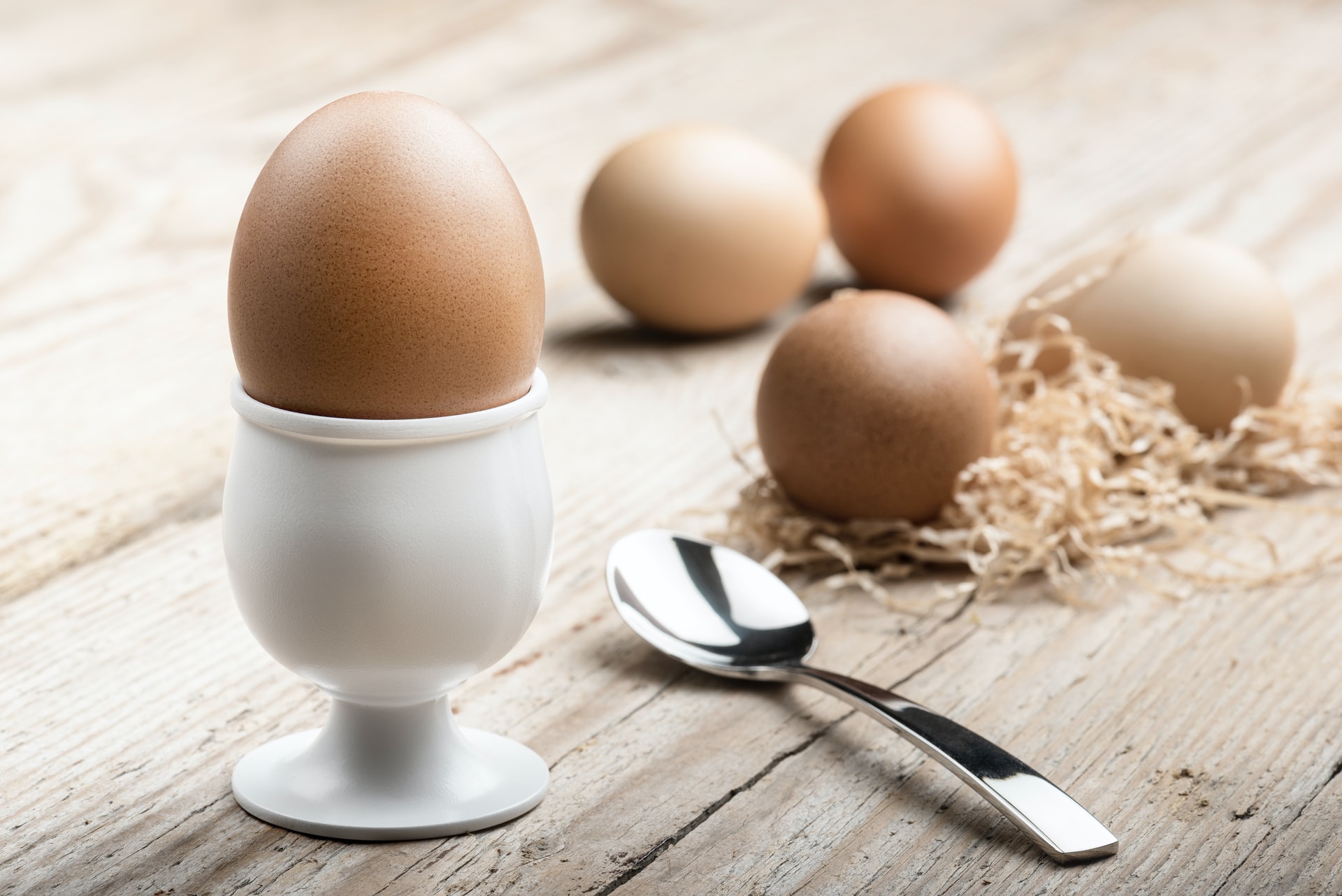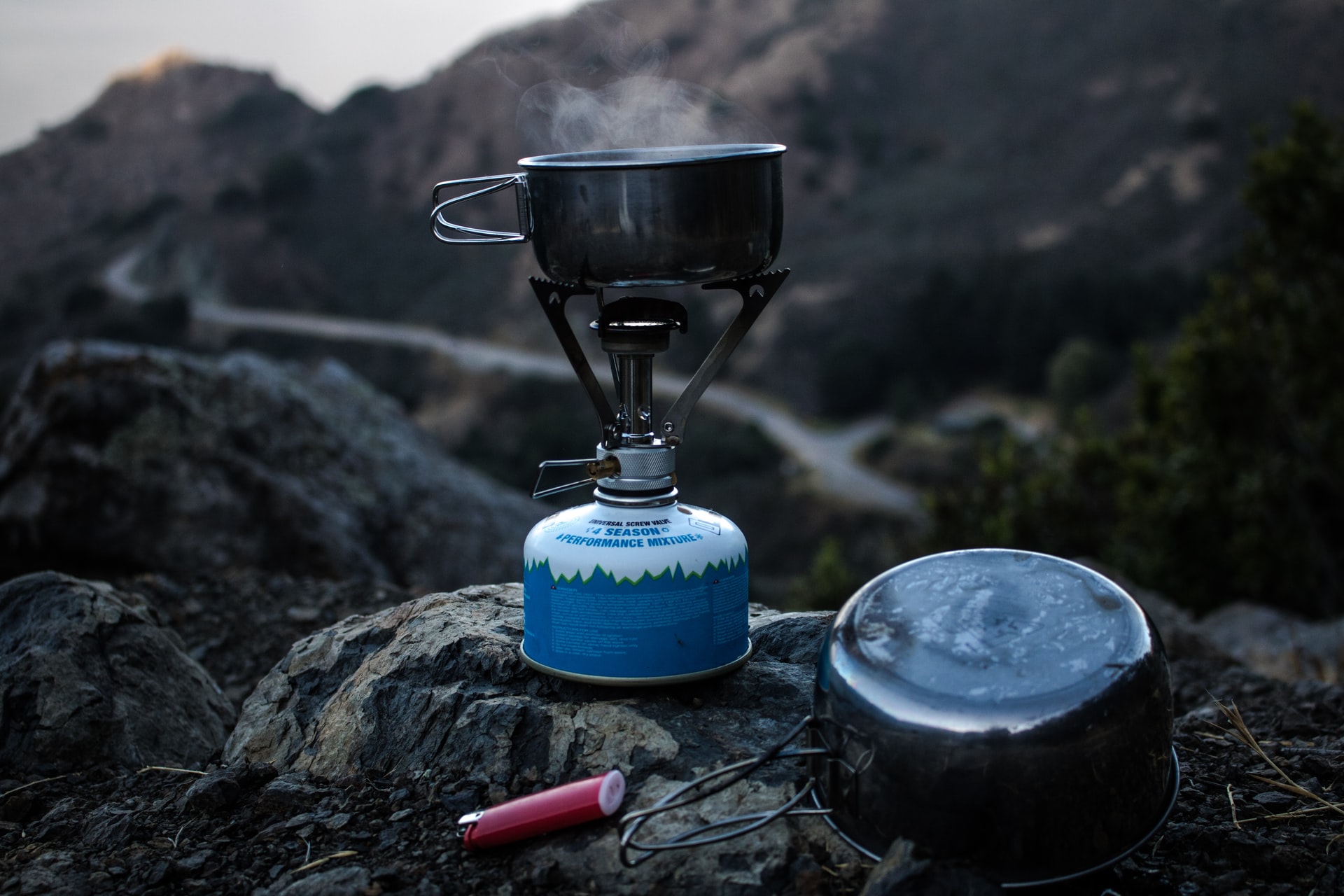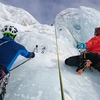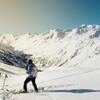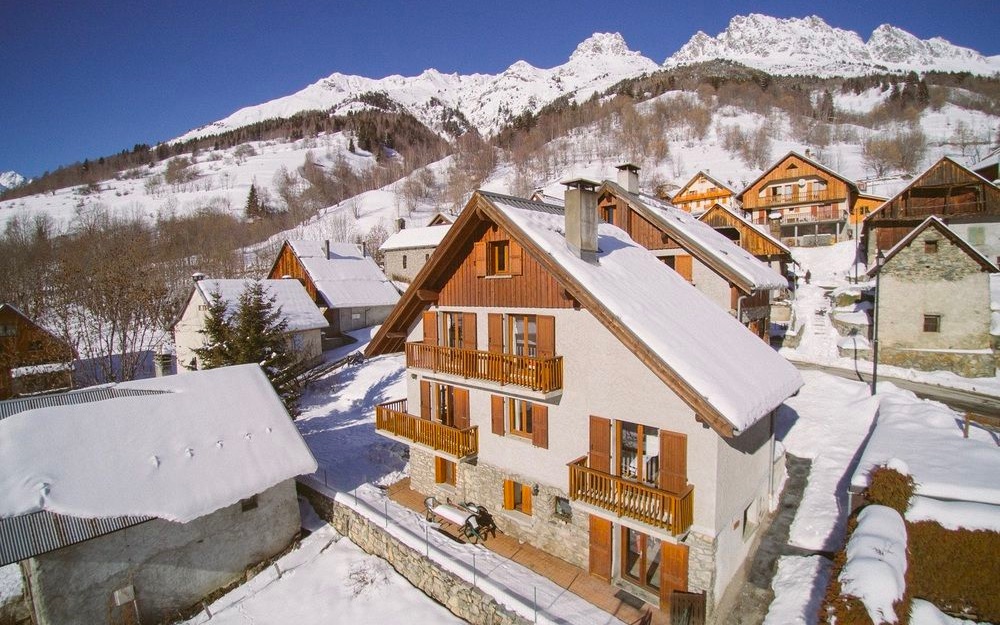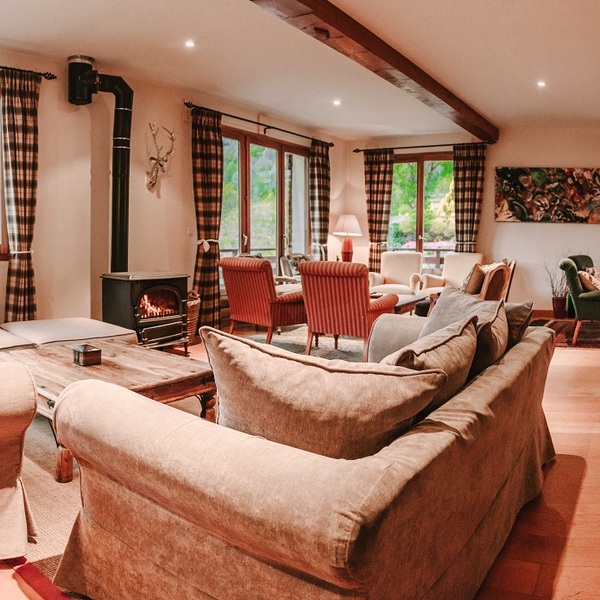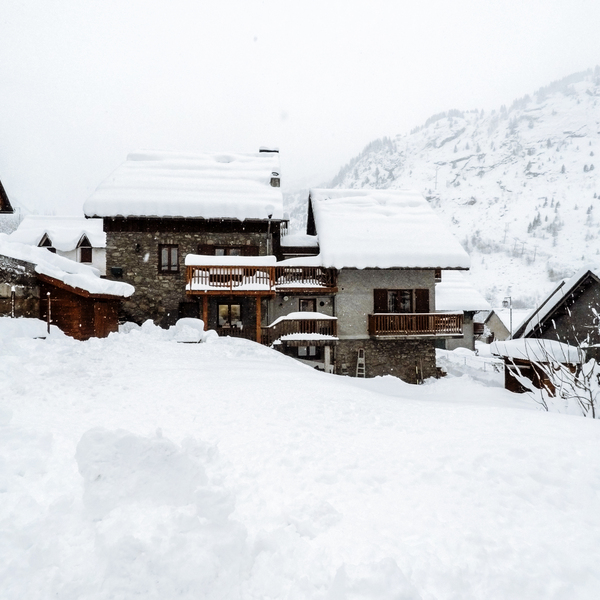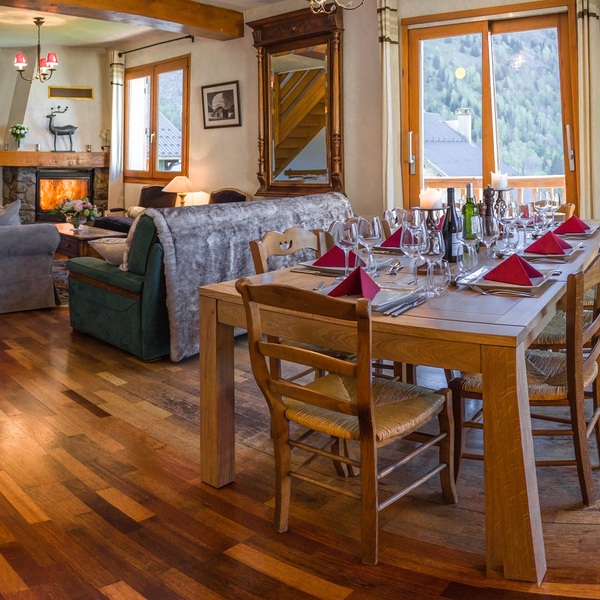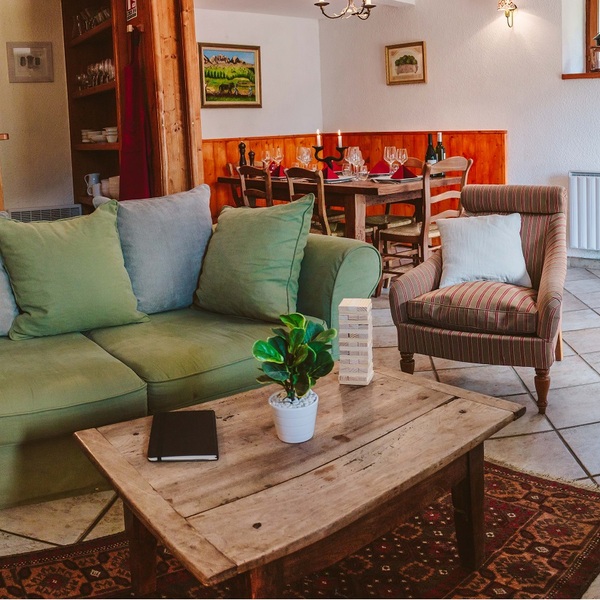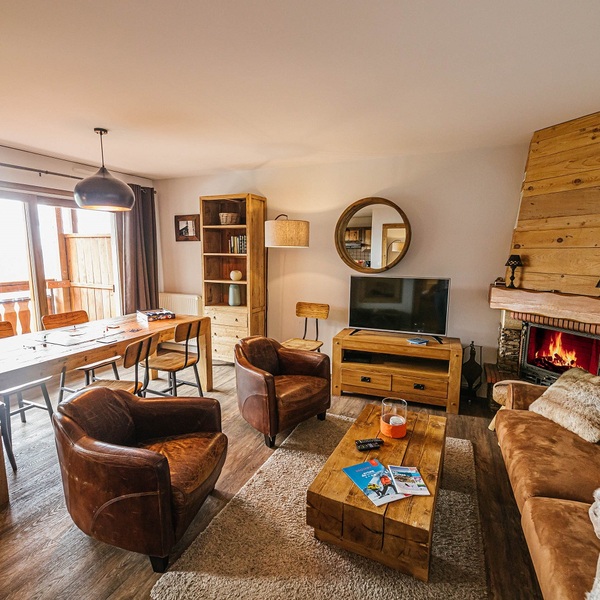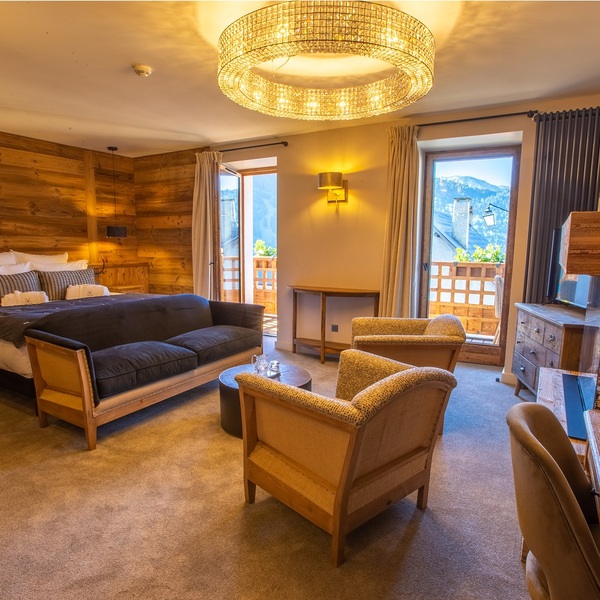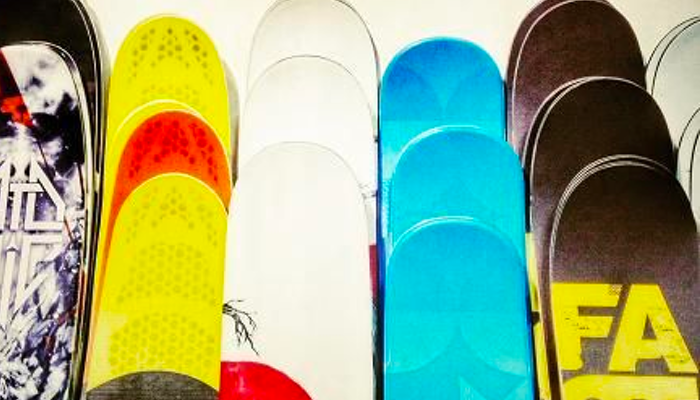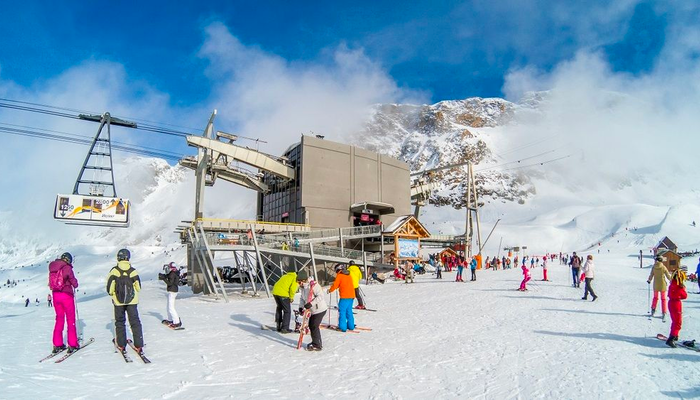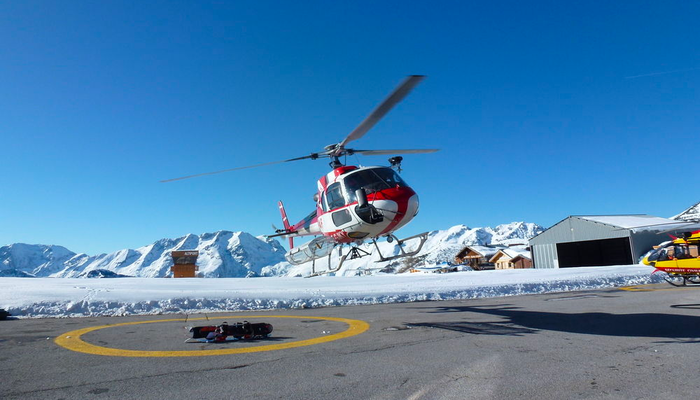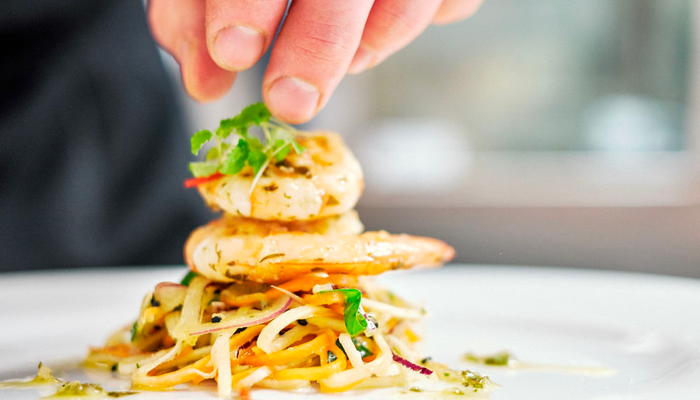Section 1: Introduction
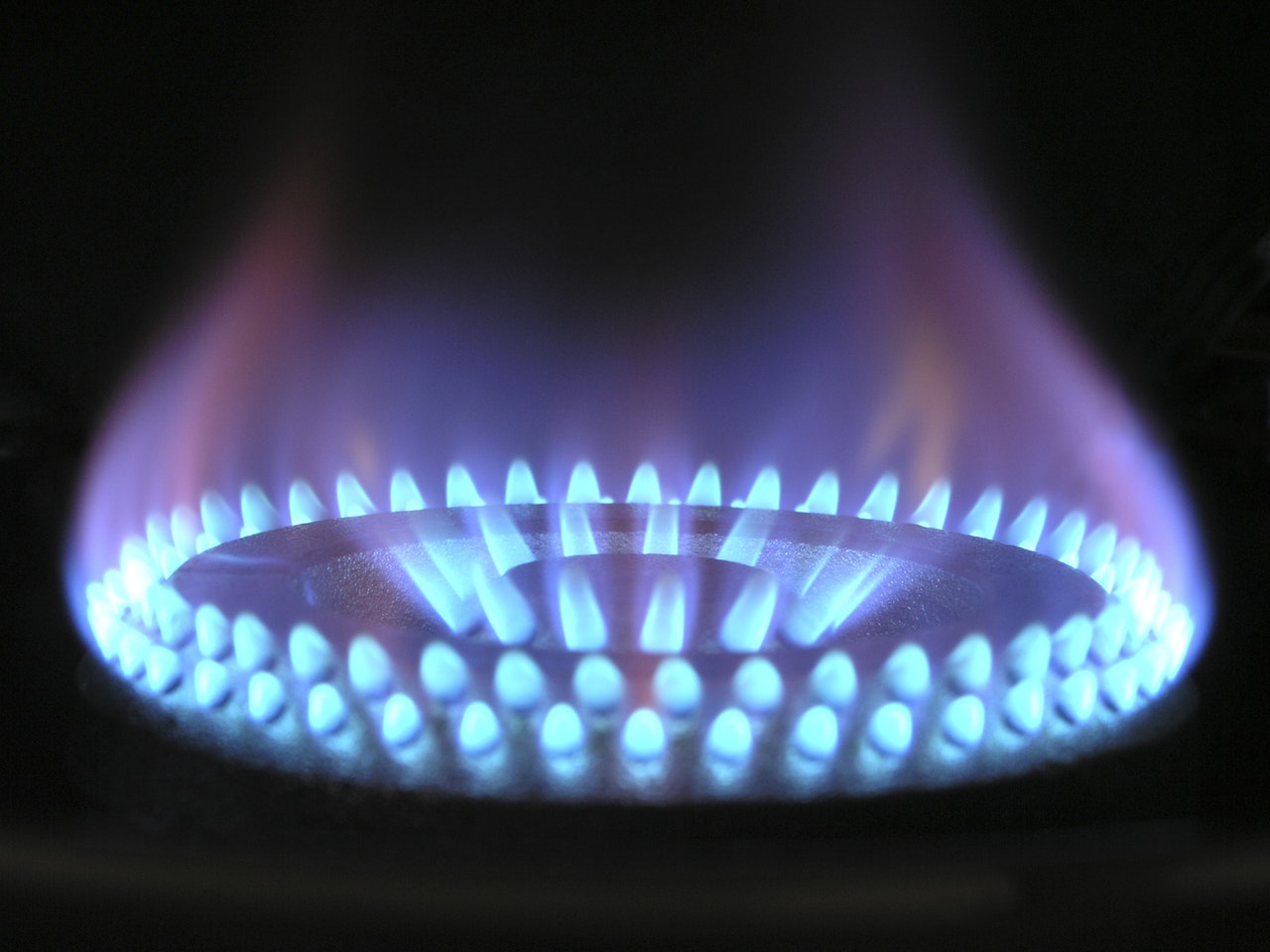
Photo by Pixabay
Preparing food from scratch is not as easy as it seems, especially when cooking at a high attitude. High altitude refers to any region 600 metres above the sea level. Vaujany is situated at 1250m and Alpe d'Huez, the main resort lies up at 1800m, so this is all very relevant when thinking about preparing your own meals, or when waiting at a mountain restaurant for your delicious alpine dish.
In such a case, one should pay attention to time and temperature if you want to attain well-cooked meals. It’s vital to consider these two factors because as elevation increases, the atmospheric pressures decrease. What this means is that the air becomes drier and liquids evaporate faster than in low altitude areas.
To prepare well-cooked meals at high altitude, the best trick is to use low temperatures and extend your cooking time. In this guide, we are going to look at how to cook different meals at high altitudes and techniques to help you cook better.
Section 2: Basics
Photo by Enrico Mantegazza
Looking at ways to prepare common meals at high altitudes.
Section 2.1: Cooking eggs at high altitude
We all love an egg in the morning, any way it comes, its a great start to the day. At high temperatures, eggs take longer to cook, considering they naturally have water in them. For the case of fried and scrambled eggs which are cooked with dry heat, one should avoid using a hotter pan since you will only end up with burnt eggs. When cooking eggs at high altitudes, cook longer, not hotter.
Section 2.2: Baking at high altitude
Another noticeable difference when cooking at high altitudes is that on leavening agents like yeast, baking soda, and baking powder. Leavening agents tend to have more raising power at high altitudes as the air is thinner, meaning it creates less resistance to gasses formed by the leavening agent. What this means is that you require less leavening at high altitude as elevation increases.
Additionally, when baking, you must increase the amount of water in dough due to the faster evaluation. One can increase the liquid by adding an extra egg or using extra-large eggs.
Section 2.3: Using a microwave at high altitude
There is also a difference in how microwave ovens work at higher altitudes. The difference arises considering microwaves cook by exciting water in food molecules.To attain the best results, allow more cooking time when using a microwave.
Section 3: Techniques/ Tips to improve
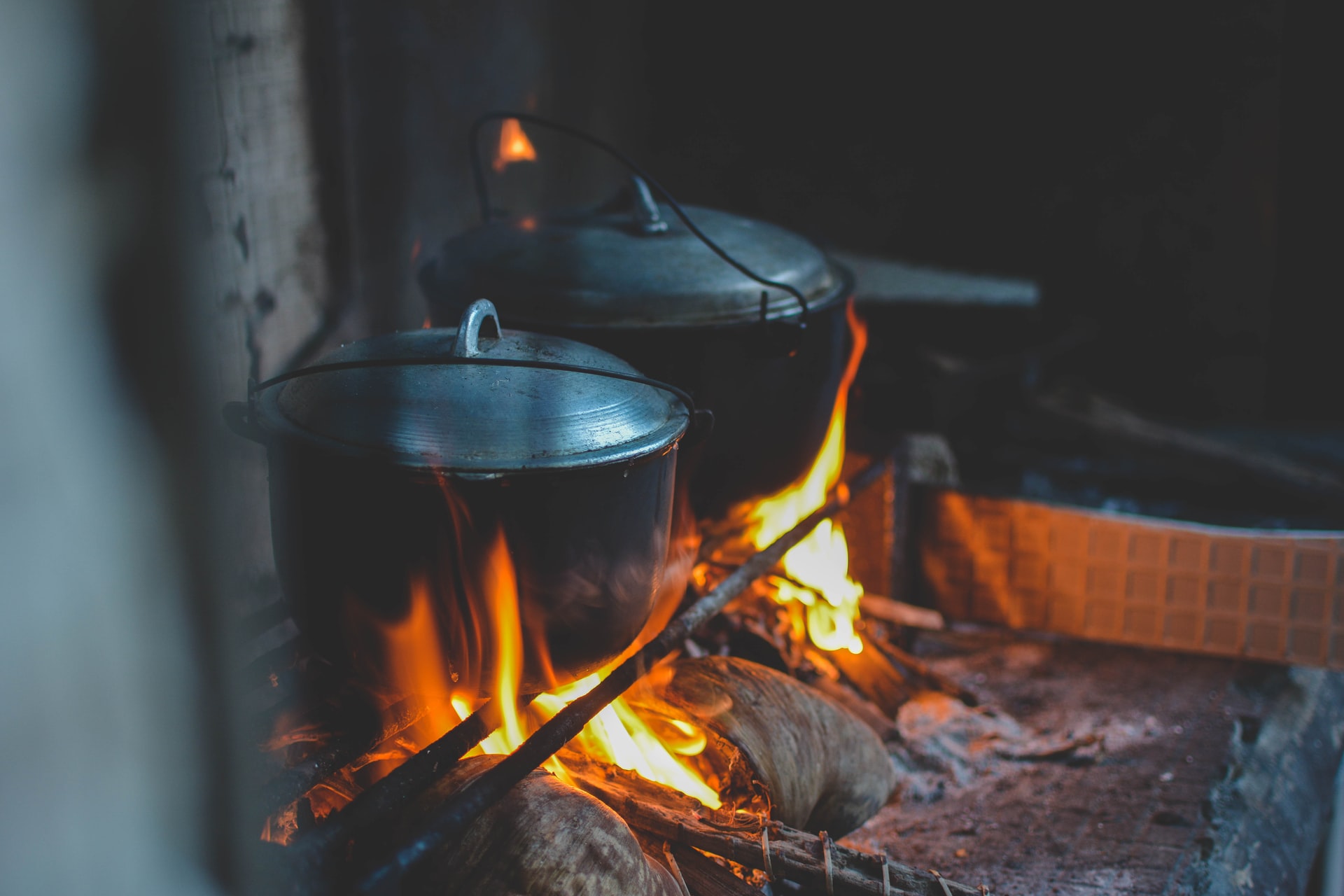
Photo by MD Duran
Cooking at high altitude is not easy. To ensure your food cooks long enough and remain moist and flavorful, below are tips one can use;
Section 3.1: Cover your food
To retain moisture when cooking meat, poultry, or any other boiled foods, tightly cover your cookware. It’s also advisable you cover meals after cooking to retain moisture.
Section 3.2: Make use of a food thermometer
There are various cases of overcooking or under cooking in high altitude areas, especially when it comes to meat and poultry. To curb the situation, one should make use of a food thermometer to confirm your meal’s internal temperature. This is the only way you can avoid under cooking or overcooking food.
Section 4: Correcting common problems
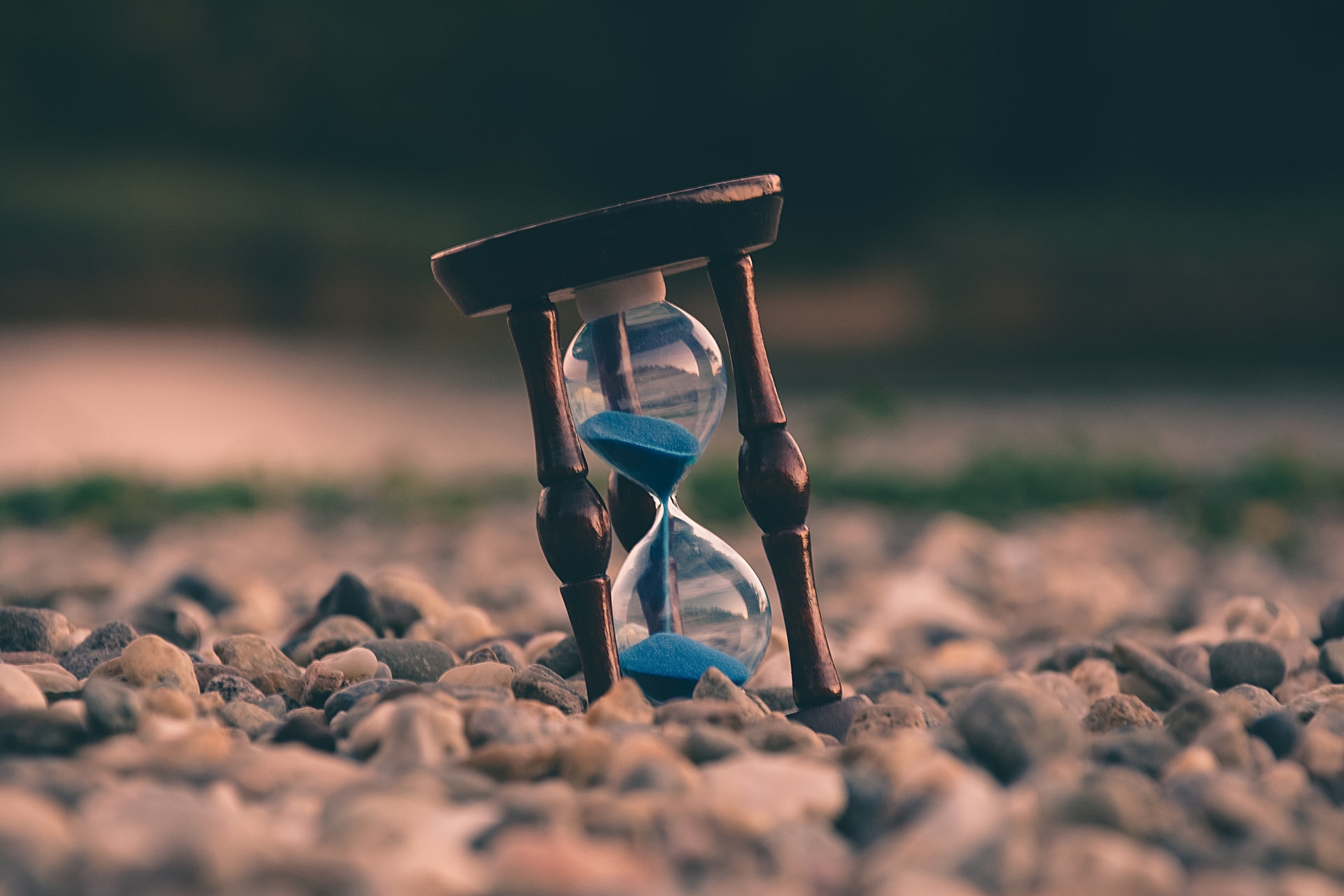
Photo by Aron Visuals
Most people tend to make mistakes when cooking at high altitude as most follow cooking guides prepares for areas in sea level. To help you curb some of these problems, below are a few measures you can take;
Section 4.1: Increase your cook time and not heat
Most people tend to hike temperature while boiling food, hoping to cook faster. This is not the case as the liquid boils away quickly, causing your food to dry out. Note the temperature of a liquid cannot exceed its boiling point making it completely useless to increase heat unless you are using a pressure cooker. The best way to handle the situation is by increasing the cooking time.
Section 4.2: Avoid sea-level cooking instructions
As stated earlier, the major cause of problems when cooking at high altitude arises when one follows seal-level cooking instructions. By avoiding these instructions, one stands at a better chance of making fewer mistakes when cooking.
Section 5: Analysis of best practices in the industry

Photo by Kyle Roxas
Restaurants set up at high altitude recommend the following practices for best meals;
- Avoid cooking at high heat
- Cover your food
- Make use of a food thermometer
- Cook for longer
- Make use of sea-level cooking instruction for oven baking only
Section 6: Final Thought
Photo by Sage Friedman
High altitude affects all forms of cooking from pressure cooking to using a fryer or even when microwaving food. Look at safety and inspection guidelines provided online for safe cooking at high altitudes on various cooking methods for the best results.
Tagged with;
